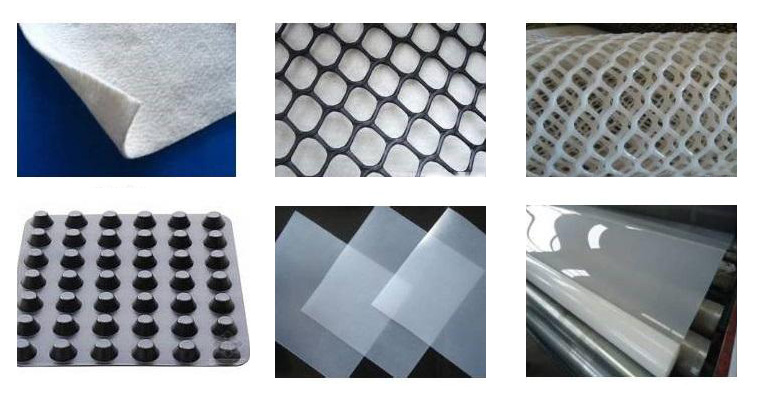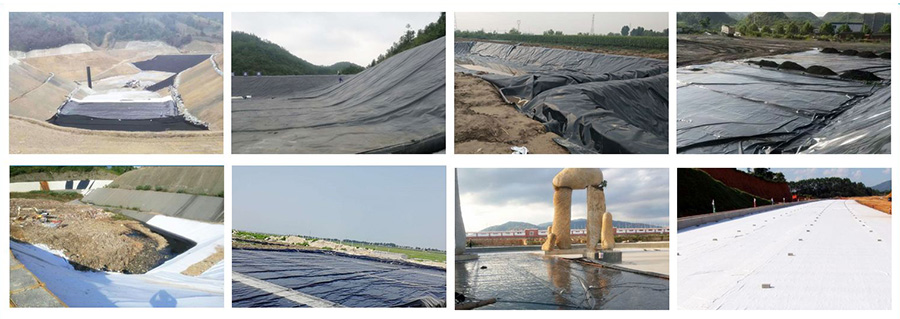1. Geosynthetic materials include: geonet, geogrid, geomold bag, geotextile, geocomposite drainage material, fiberglass mesh, geomat and other types.
2. Its use is:
1》 Embankment reinforcement
(1) The main purpose of embankment reinforcement is to improve the stability of the embankment;
(2) The construction principle of reinforced embankment is to give full play to the reinforcement effect as the starting point. The geosynthetic material should be filled within 48 hours after paving to avoid direct sunlight exposure for a long time.
2》 Reinforcement of backfill roadbed
The purpose of using geosynthetics to reinforce the subgrade backfill is to reduce the uneven settlement between the subgrade and the structure. The suitable height of the reinforced platform back is 5.0~10.0m. The reinforcement material should be geonet or geogrid.
3》 Filtration and drainage
As a filter and drainage body, it can be used for the protection of culverts, seepage ditch, slope surface, back drainage of supporting structure walls, and drainage cushion on the surface of soft foundation embankment; it can also be used to treat the diversion ditch of mud and seasonal frozen soil, etc. in road engineering structures.
4)》Subgrade protection
(1) Subgrade protection.
(2) Slope protection – to protect soil or rock slopes that are easily damaged by natural factors; scour protection – to prevent water flow from scouring and scouring the roadbed.
(3) The slope of slope protection for soil slope protection should be between 1:1.0 and 1:2.0; the slope of rock slope protection should be slower than 1:0.3. For soil slope protection, the planting, construction and maintenance of turf should be done well.
(4) Scour protection
The row body material should be polypropylene woven geotextile. For the protection of geotextile soft body sinking and drainage, the stability of the drainage body should be checked and calculated in three aspects: anti-floating, anti-slipping of the pressing block of the drainage body, and anti-slipping of the overall drainage body.
Post time: Feb-21-2022


